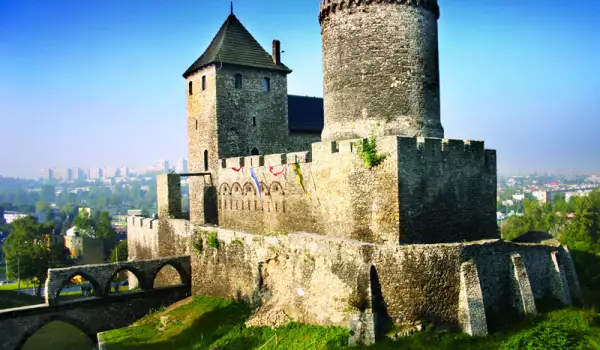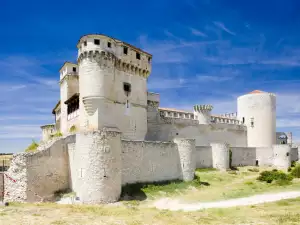Bedzin Castle

Bedzin Castle is located along the Polish village of the same name, which is located in the south of the country. It represents an excellent example of local architecture in the medieval fortress. During those centuries Bedzin was one of the most important fortresses of the Polish Kingdom and later had an important role within the Polish-Lithuanian state.
The current fortress Bedzin was built in 14th century to replace an older wooden fortified building that was built in the 11th century but destroyed by the Tartars and rebuilt. Around 1348 the wooden Bedzin Castle was transformed into a stone fort. This was done during the reign of Casimir the Great.
Bedzin Castle was used as a military outpost for the next two centuries. It was the most massive fortress on the southwestern border of the Kingdom of Poland which later became the Polish-Lithuanian Commonwealth, and its main task was to prevent any infections in the country who came from Bohemian or Silesian.
In 1364 the castle Bedzin was visited by the Holy Roman Emperor Charles IV. In 1588 even, Maximilian III, who was Archduke of Austria, became a prisoner in the dungeons of the castle Bedzin, after his defeat in the war with the Polish heritage in 1587-1588.

In the 16th century came hard times for Bedzin Castle and it began to erode. In 1616 the castle was damaged by a fire, and it was further damaged during the Swedish invasion in 1657. In the following centuries Bedzin had been restored several times, but around 1825 the fortress was completely in ruins.
After being purchased by Count Edward Raczynski in 1830 the castle was partially restored, but after his death in 1845 it was neglected again. This continued until 1950 when the government authorities of the Republic of Poland finally rebuilt Bedzin.
Since 1956 the castle Bedzin was used as a house museum and is open to the public all year round. It offers interesting exhibitions of weapons and gives opportunity to learn a lot about its history.















